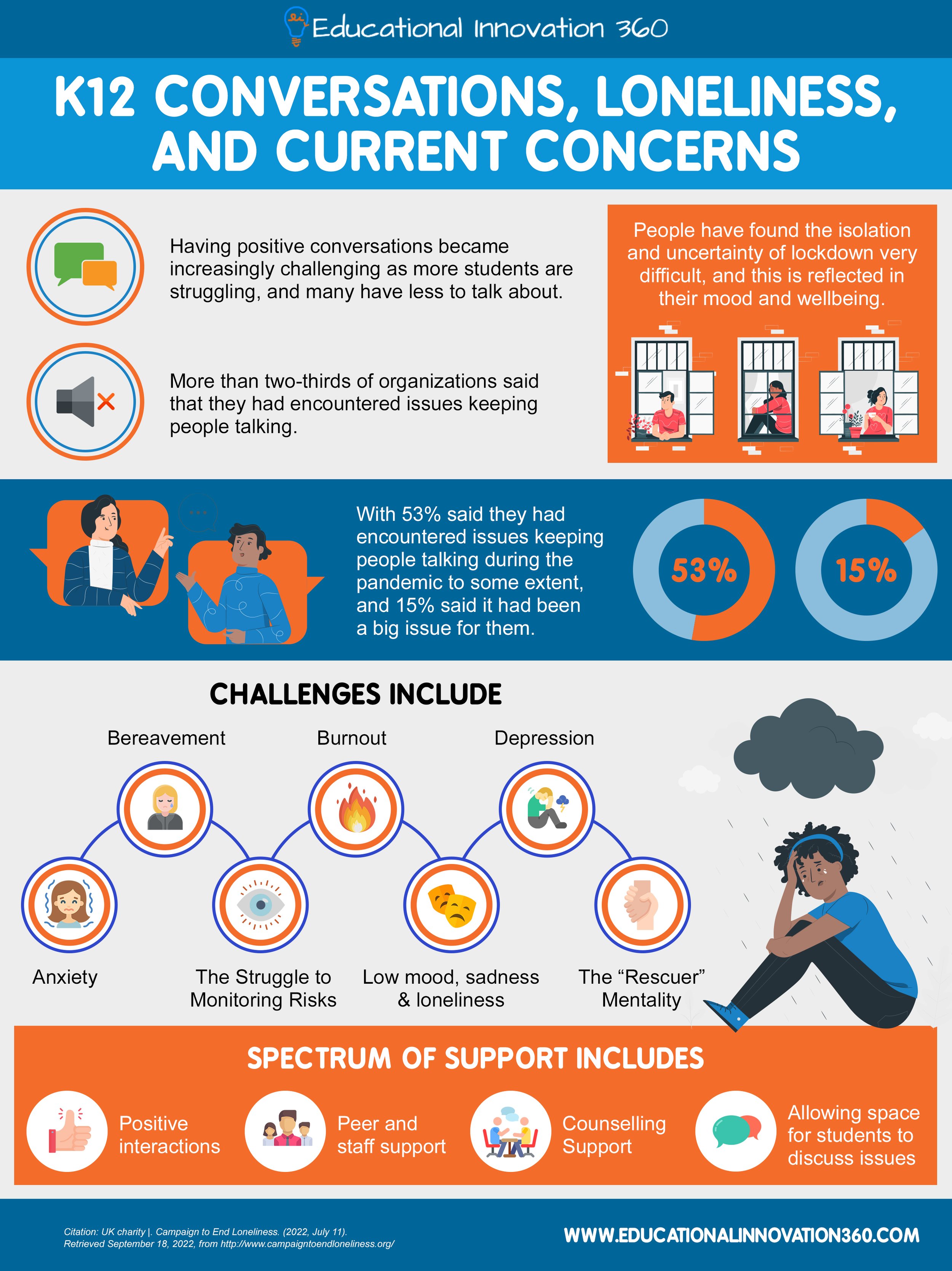Starting A Dialogue Discussion With Students
Having a discussion with students allows teachers to gauge background knowledge, identify how much they remember from a previous topic, and offer talking points to write down as talking points to mark important points. You must begin a discussion with a personal connection to the content this is why building background knowledge is so important.
Content Can Help Build A Successful Discussion With Students
Before discussing the material, teachers may want to review previous content to make sure students are connecting one theme to the next. In order to make it clear to students that you expect the best from them rubrics and sample student work helps. Thematic, Content, and story vocabulary help construct a robust conversation. Sentence stems can be fun, provide students with phrases that work well to link to previous comments on the chalkboard, a poster, and a handout. Classrooms are successful when students make explicit connections. Teachers, direct students to listen to one another and build on previous ideas. Last, students should write about the discussion. Students acquire new knowledge and take what they have learned from one another through their writing reflections.
And Now The Discussion Begins
Prepare some (Blooms’ Taxonomy) backup questions as part of your preparation. Asking students to wrestle with different, even opposing, points of view is a tried-and-true way to engage them in the discussion. Finding texts on the same topic written in various genres is one way to accomplish this. Give students a few strong statements to agree or disagree with.
Students should rank the degree of responsibility a person or character should bear for their actions. Make it clear what you expect. Inform students that you want them to respond directly to one another. Consider the benefits and drawbacks of hand-raising. If you interrupt the flow of student ideas by calling on students and affirming responses between each speaker, the conversation is more likely to run through you (TY Wang, 2021).
How to Facilitate a Discussion
Keep a seating chart nearby during the discussion and place a small check mark next to students' names as they participate. For a while, try using small groups to see if that helps to open up quiet students. Allow some time after a presented idea, whether on target or off base, for students to digest the information and consider how to respond. You can always use journals, warm-ups, or homework to reinforce clarifications. Nonreaders participating actively in a good book discussion may do the trick. If this student participates, she will be more motivated to read because she will have the opportunity to speak publicly about the text (CM Chen, 2021).
How to Evaluate a Discussion
The students are attentive and engaged.
The student's body language communicates participation.
The students contribute to the discussion.
Students raise alternative concerns.
How To Include More Dialogue In Your Curriculum
Encourage students to make comments and ask questions.
Use questions and comments to solicit additional participation.
Consider conducting a dialogic test review.
After presentations, including questions and answers from students, techers, and people outside of your classroom. .
Conclusion
Providing students with content information does not imply that they have digested it. When students work through an understanding of the material, the dialogic process produces a depth of knowledge. Furthermore, by watching their classmates make sense of the text, students gain the opportunity to observe the techniques used by good readers (prediction, summarizing, questioning, inferring).
What are some things you do in the classroom to engage in discussion? Ei360
References
CM Chen, H. T. (2021). An instant perspective comparison system to facilitate learners' discussion effectiveness in an online discussion process. Retrieved from https://www.sciencedirect.com/science/article/pii/S0360131520302359
TY Wang, F. L. (2021). Success factors for a national problem-driven program aimed at enhancing affective performance in mathematics learning. Retrieved from https://link.springer.com/article/10.1007/s11858-021-01285-8

